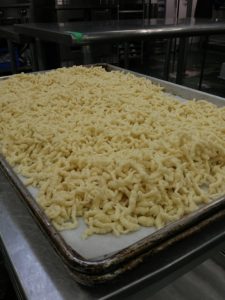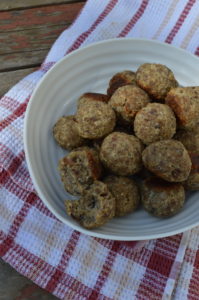
There is surely a more flattering name for these, but they definitely need to be distinguished from normal meatballs like these ones. There is a long tradition of naming dishes that are especially for “hard times”, but in my grandmother’s cookbook those names are cute and subtle (Make-Do cake, for instance, or WWI cake, which alludes to rationing). For now I’m rolling with Subsistence Meatballs.
Anyways, at the heart of this recipe is a trick for making sure your meat-supply stretches as far as possible. My original recipe is below, but the general technique I learned from a chef in Bologna. The gist is that meat is carefully taken from the bones that have been used to make stock, … Continue reading.
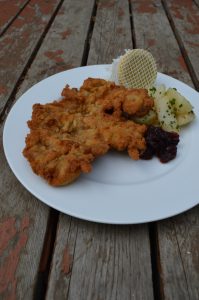
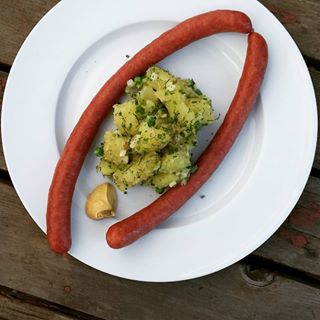
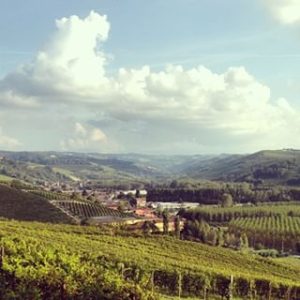
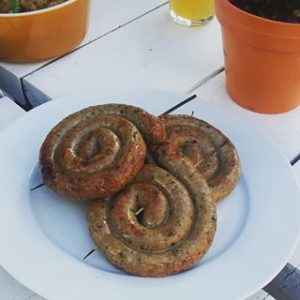

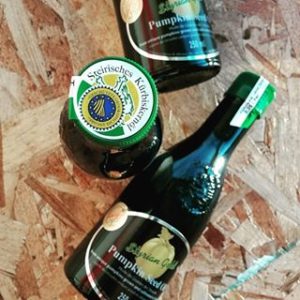
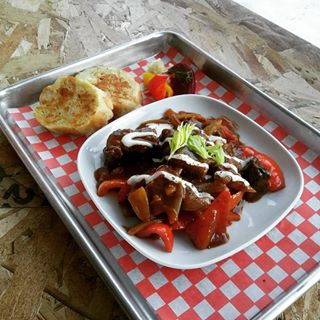 Goualsh is a beef stew originally from Hungary but eaten all over Central Europe. It is the kind of preparation that Europeans will fight to the death over. Matters like whether it is properly called a stew or a soup, whether it contains tomatoes, or potatoes, or what starch it is served with (if any) often become violent. It is estimated that 12 Europeans are killed every year in goulash-related arguments.[1]
Goualsh is a beef stew originally from Hungary but eaten all over Central Europe. It is the kind of preparation that Europeans will fight to the death over. Matters like whether it is properly called a stew or a soup, whether it contains tomatoes, or potatoes, or what starch it is served with (if any) often become violent. It is estimated that 12 Europeans are killed every year in goulash-related arguments.[1]